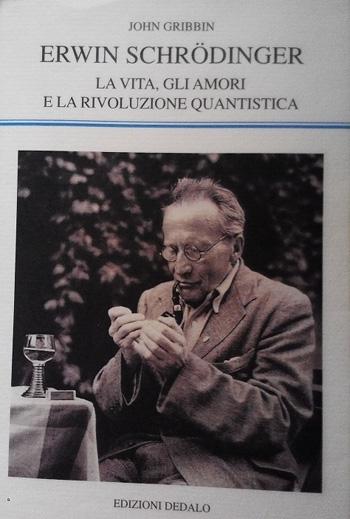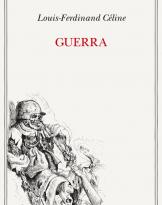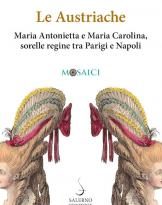It is interesting to note how Austria and Germany between the nineteenth and twentieth centuries were united in a single, huge and efficient cultural center, especially active in research in physics and mathematics. Albert Einstein was one of the animators of this academic world, but not the only one. In Vienna they operated Doppler, Boltzmann, Haisenohrl, Marie and Pierre Curie and many others.
Gribbin in describing the history of modern physics starts from the three laws of motion, formalized by Newton to get to Schrodinger through the studies on the optics of Huygens, Young, Fresnel, Faraday, Maxwell, Boltzmann and Hasenohrl who will be the first reference for the young Erwin.
Erwin Rudolf Josef Alexander Schrodinger was born in Vienna on 12 August 1887 and will become one of the best known physicists of the twentieth century.
In the 1908 Schrodinger was enlisted in the fortress artillery, as required by the rules of the Austro-Hungarian Empire, and after a year he was appointed cadet of the mountain infantry and assigned to the reserve, he was able to return to life as an academic in Vienna .
At the beginning of the First World War, Erwin was called back into service and assigned to a fortress artillery post along the Italian border, still managing to carry out his physics studies.
In 1917, now a lieutenant, he was sent to Vienna where he held a meteorology course for anti-aircraft artillery officers and took the opportunity to hold an experimental physics course at the university. A few years later, after the end of the great war, he will return to his work as a professor and his studies that will lead him to share the great development of physics with the great names of his time.
Over the years it will deal with the nature of magnetism, the interaction between atoms and molecules, atmospheric electricity, X-ray interference phenomena, gas pressure, Brownian motion, the dermal capacity of solids, the rate of decay of radioactive material. In the 1917, pushed by Einstein's recent publications, he addressed some questions on the theory of general relativity. Around 1920 he deepened the problems of the nature of light by devising an experiment that convinced him more and more of his wave nature, in contrast with Einstein and Plank. He also deepened the nature of color and the mutual influences between saturation, brightness and tonality, applying his thesis to the problem of comparing the colors of the same in order to determine the temperature. He moved to Stockholm and took charge of the theory of electronic orbits. In 1921 finally, after various wanderings, he will arrive in Zurich where he will be the architect of the so-called second quantum revolution.
The first quantum revolution was the work of Plank who succeeded in clarifying the functioning of the so-called "black body emission", a problem that Maxwell's wave theory was unable to explain. Plank solved the problem by considering the electromagnetic radiation as if it were made up of identical portions of energy instead of a continuous wave, these portions of energy today they are known as "how many". But it was Albert Einstein in the 1905 who demonstrated the reality of the quanta of light, the photons.
The discoveries of physics in the early twentieth century in Gribbin's book are intertwined with the life of the best known physicists, describing a particularly fruitful world of ideas. A world in which Schrodinger had a very important place because in the 1926 he had finally completed the second quantum revolution with the publication of a series of articles that explained the theory of wave mechanics.
In the background, but still very important in Schrodinger's life, there are his loves, for his wife Anny but also for the young lover Ithi, loves that in some way have always been a stimulus to his discoveries.
Erwin Schrodinger will die in the 1961 leaving a huge legacy to the world even in fields not directly related to physics, including his philosophical and biological considerations gathered in the book "What is life" published in 1944 by the Cambridge University Press.
Alessandro Rugolo












